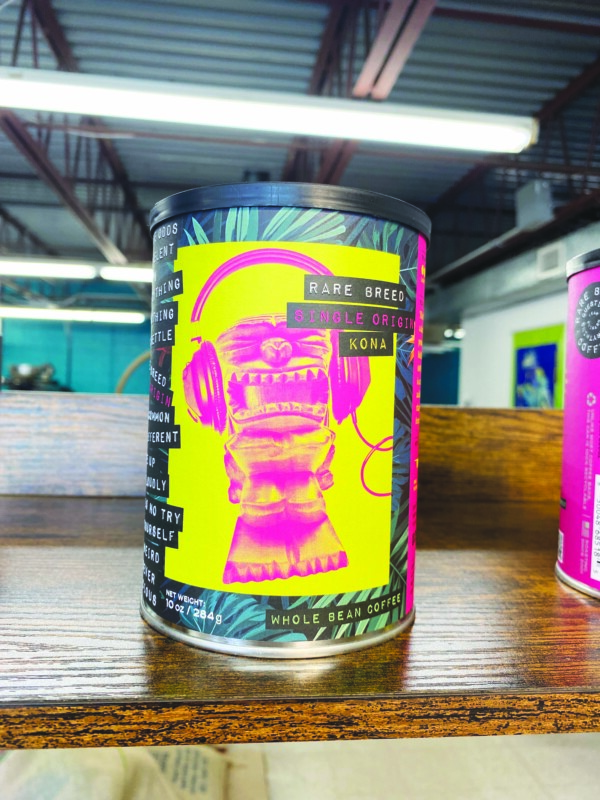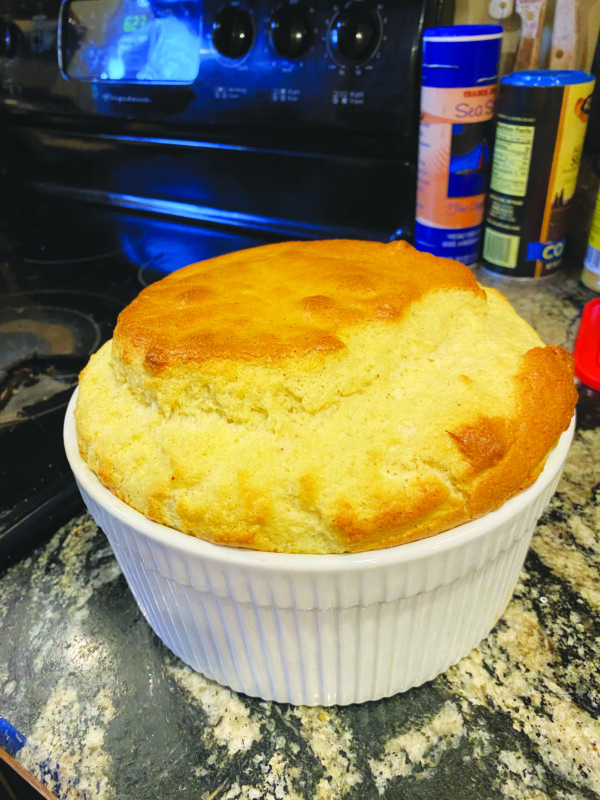The New Hampshire Chocolate Expo returns
If Willy Wonka weren’t tied down to one location, his job might look a lot like Christy Charest’s. Charest is the Social Media Manager for the Chocolate Expo, a company that holds convention-sized chocolate parties throughout the Northeast. Her next event will be the New Hampshire Chocolate Expo at the Doubletree Expo Center (700 Elm St., Manchester) on Sunday, Oct. 15, from 10 a.m. to 6 p.m.
Charest said that the goal of a chocolate expo is to introduce people to chocolate producers and chocolate-adjacent crafts, but even more, to help them relax and be happy.
“It’s a way for guests to come and unplug and reconnect with friends and family and just enjoy a chocolate,” she said. “We’re not a typical event where people come and they’re buying food or chocolate or drinks. There are lots of different aspects to the event, including a stage where we have lots of presentations, demonstrations that involve chocolate making, and even special guests. For this [the Manchester] event we have the top Freddy Krueger cosplayer coming. The event takes place on Elm Street. We found that it was very fitting, especially with the time of year.”
Although it is called an Expo, Charest said this event is very much designed for the general public.
“[When guests come in] they’re greeted with giant chocolate fountains — white chocolate, dark chocolate, milk chocolate fountains. They can pick their Rice Krispies treats, or chips or strawberries — anything they want. You put it on a skewer and you’re able to dip it right in the chocolate. There’s anything you can imagine. There’s slow-roasted nuts, whoopie pies, macarons, jumbo peanut butter cups, chocolate buns, [and] chocolate covered bacon. [For] children we have a Kid Zone; included with admission for any of the littles is free face painting and balloon twisting.”
She said that the Chocolate Expo is meant to be a memorable experience.
“There are free photo ops as well at all of our events. We have a step-and-repeat banner [photo backdrop] with all of these different photo props — with giant cardboard cutouts of chocolate-dipped strawberries and bonbons and truffles — and we have a photographer that’s there that will take your photos for you at no additional charge.”
Rachel Mack will be one of the exhibitors at the Chocolate Expo. She will also give one of the presentations. “It will be just a short little talk,” she said. “‘I’m going to discuss what goes into making a chocolate bar, but specifically how our cacao comes from all over the world.” She will discuss how her company, Loon Chocolate (195 McGregor St., Manchester), sources local ingredients. “We have a couple of different collaborations that we have with local, other local businesses. [Our ingredients range] from the global cacao bean to local maple sugar — everything that goes into one of our chocolate bars.”
Mack said there is something special about the Chocolate Expo in Manchester.
“There are chocolate expos that we’ve done all over the Northeast,” she said. “We’ve done chocolate expos in Massachusetts and Rhode Island, in New York, in New Jersey, and I love the crowd at the New Hampshire one. It is a crush of people who show up. Everyone wants to have fun. Everyone wants to try chocolate and people really like to take time to appreciate the chocolate. I really love that.”
The crowds at expos like this one aren’t made up solely of chocolate connoisseurs.
“It’s just anyone who loves chocolate shows up,” Mack said. “Actually, I shouldn’t even say ‘anyone who loves chocolate.’ There was a guy who came to our booth at an event who had a T-shirt that said ‘I Hate Chocolate.’ We did get him to admit that he’s still not a fan of chocolate but if he had to [eat it] he would like ours.”
The New Hampshire Chocolate Expo
When: Sunday, Oct. 15, from 10 a.m. to 6 p.m.
Where: Doubletree Expo Center, 700 Elm St., Manchester.
Tickets: General admission “timed-entry” tickets are $20 for adults and $10 for children. Late Day Special tickets for admission after 4 p.m. are $10. Online VIP tickets are $30 for adults and $15 for children, which allows admittance one hour early. These are available through eventbrite.com. General admission tickets at the door are $30 for adults, and $15 for children.
Featured Photo: Courtesy photo.






